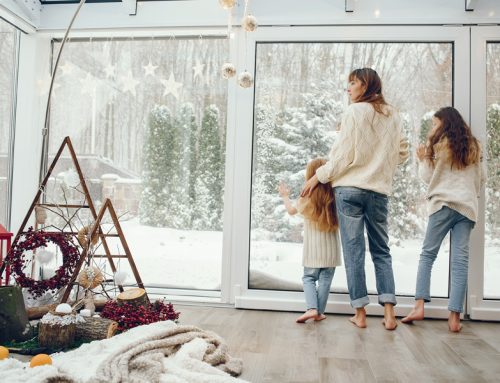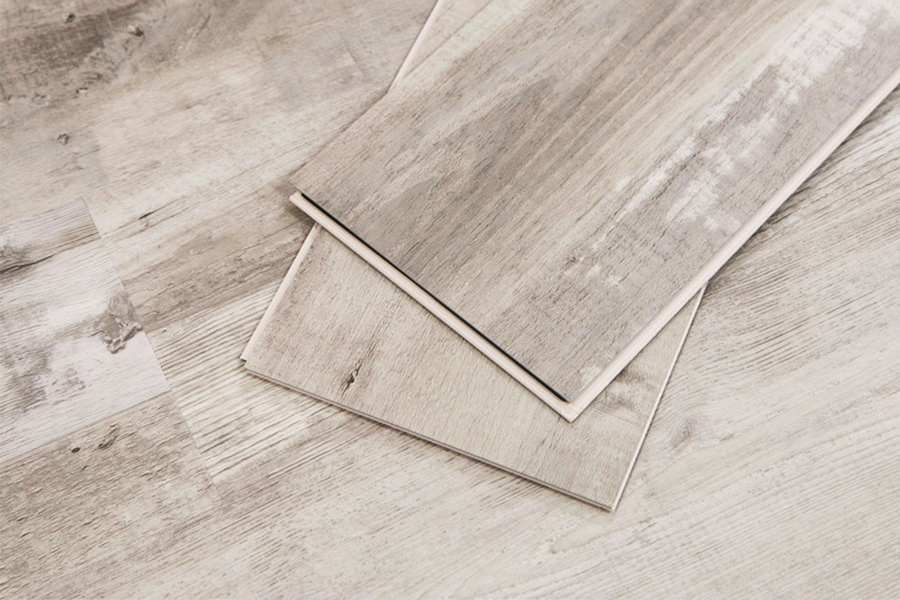Striking a perfect balance between sleek modernism and cozy traditional, transitional design is taking the world by storm. With roots tracing back to the 1950’s, transitional design builds a bridge between the past and the future. It is a perfect opportunity to unite old with new and add unique interest to you space in a timeless way. Join us as we dive into the history of this intriguing style and find out how to best incorporate it into you space.
What is transitional design?
To begin, transitional design is the art of mixing traditional and modern style elements. It essentially gives unlimited freedom to the designer to combine decor pieces to create a cohesive design. For example, a transitionally designed home will pair formal upholstered furniture with graphic pillows and funky patterns. It could mean modern art in vintage gold or highly ornate metallic frames. It combines the best of both worlds and helps to make old styles new again.
Who does it work for?
Transitional design is great for someone that doesn’t enjoy being placed in a specific style category and enjoys a fluid, ever evolving look. If you find yourself rearranging the furniture, rehanging photos, or putting together mini-makeovers and quick DIYs for your space, this might be the perfect style for you. Transitional pieces can also lean towards other design trends, like modern farmhouse, bohemian and mid-century modern. It is a combination of many things, brought together in a way that looks cohesive and fresh.
Which color palette best fits a transitional home?
In homes that embrace a transitional look, the main color palette might be something neutral – like sand, beige, dove gray, rose or warm peach. Darker colors like midnight blue, charcoal, emerald green and black can be used in accent pieces – like picture frames, throws, pillows, furniture or statement art. Pops of color should be brought into the space to add interest, but not too much to take away from a streamlined feel. The goal is to create visual breaks without disrupting the flow of the space.
How can I add transitional style to my home?
For the biggest impact, spring for something grand. Four poster beds, statement nightstands and dressers and a showstopping chandelier. Make the furniture the focal point and add limited accessories in colors or shapes that create interest. Incorporating textures such as wood, glass, lacquer, and rattan will also aide with creating a well-blended look. Adding elements like modern rugs and art deco paintings will create the perfect balance between comfort and luxury.
Why is it gaining steam?
Transitional design has been growing in popularity the last few years and is on track to be the next big thing. Homeowners and designers are taking a step back from fleeting trends and moving toward a more sustainable, green, and inclusive design. By relying on elements from the past and present, transitional style is eco-conscious and timeless. With rising costs of living, being able to give your home a mini-makeover using upcycled, vintage and classic pieces is more appealing than ever.
Homeowners and designers are taking a step back from trendy styles and moving toward design qualities that throw out the rules and embrace merging design styles with one another. Most people enjoy transitional style due to the freedom of design it brings. Most homeowners already have a mix of traditional and modern items and just need a little help streamlining their vision. By embracing the natural ebb and flow of our interior design desires, transitional design is no longer an “in-between” style and has become a distinct look unto itself.






